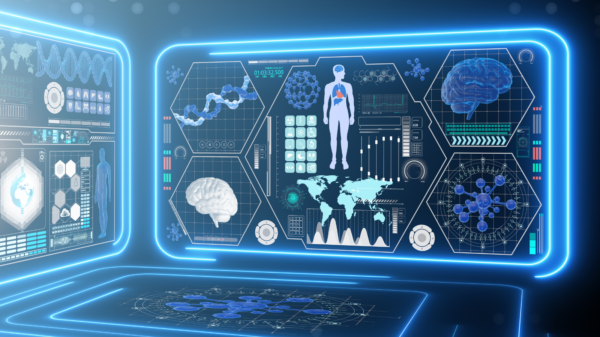The Evolving Landscape of Cybersecurity
In today’s digital age, the importance of cybersecurity cannot be overstated. As technology continues to advance, so do the threats that come with it. Cybercriminals are becoming more sophisticated, using new techniques and tools to exploit vulnerabilities and gain unauthorized access to sensitive information.
As a result, businesses and individuals alike must stay informed about the latest cybersecurity developments and take proactive measures to protect themselves from these global threats.
Understanding the Global Threat Landscape
The global threat landscape is constantly evolving, with new threats emerging on a regular basis. From ransomware attacks to data breaches, cybercriminals are finding innovative ways to exploit weaknesses in networks, systems, and applications.
One of the key challenges in cybersecurity is the increasing number of connected devices. The Internet of Things (IoT) has opened up a new frontier for cybercriminals, as they can now target not only computers and smartphones but also smart home devices, wearables, and even cars.
Furthermore, the rise of cloud computing has presented both opportunities and challenges in terms of cybersecurity. While cloud services offer convenience and scalability, they also introduce new risks, such as data breaches and unauthorized access to sensitive information.
The Role of Artificial Intelligence in Cybersecurity
As cyber threats become more complex, the use of artificial intelligence (AI) in cybersecurity has gained prominence. AI-powered systems can analyze vast amounts of data in real-time, identify patterns, and detect anomalies that may indicate a potential cyber attack.
Machine learning algorithms can also be used to continuously improve cybersecurity defenses by learning from previous attacks and adapting to new threats. This proactive approach helps organizations stay one step ahead of cybercriminals.
AI can also be used to automate routine tasks, such as patch management and vulnerability scanning, freeing up cybersecurity professionals to focus on more complex and strategic activities.
The Importance of Collaboration and Information Sharing
In the fight against cyber threats, collaboration and information sharing are crucial. Cybersecurity is not just an individual responsibility but a collective effort that requires cooperation between organizations, government agencies, and cybersecurity professionals.
Sharing information about new threats, vulnerabilities, and best practices can help organizations strengthen their defenses and respond more effectively to cyber attacks. This collaborative approach also enables the development of industry-wide standards and regulations to mitigate cybersecurity risks.
Constant Learning and Skill Development
Given the rapidly changing nature of cybersecurity, professionals in this field must commit to continuous learning and skill development. Staying up to date with the latest technologies, tools, and techniques is essential to effectively combat cyber threats.
Organizations should invest in training programs and provide opportunities for cybersecurity professionals to enhance their knowledge and skills. This includes attending conferences, participating in webinars, and obtaining relevant certifications.
Conclusion
In today’s interconnected world, cybersecurity is a critical concern for individuals, businesses, and governments. Staying informed about the latest developments in cybersecurity and taking proactive measures to protect against global threats is essential.
By understanding the evolving threat landscape, harnessing the power of artificial intelligence, fostering collaboration and information sharing, and investing in continuous learning, we can collectively strengthen our defenses and safeguard our digital assets.
Remember, cybersecurity is not a one-time effort but an ongoing process that requires constant vigilance and adaptability. Let’s work together to stay ahead of the game and keep our digital world safe and secure.




































